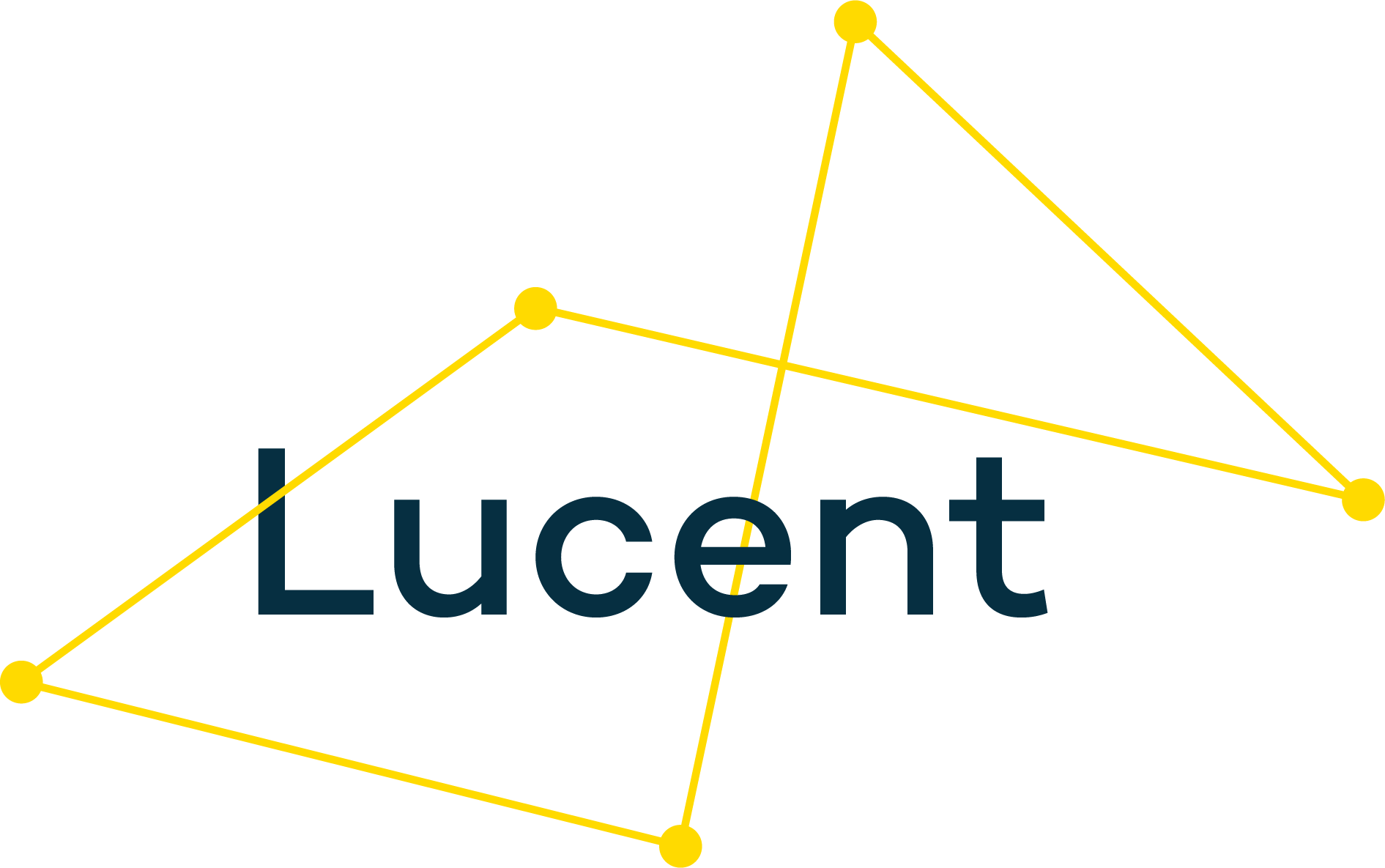Successful board awaydays: a new way forward?
Is your board awayday looming? Autumn is traditionally a time for trustees to take some time out to talk strategy – a valuable time to take stock, re-group and plan next steps.
This autumn, awaydays may feel very strange. While we’ve all become a dab hand at online meetings, we may yearn particularly for human contact when considering the big questions and challenges ahead. So it’s not surprising if the thought of yet-another-online meeting makes your heart sink rather than sing.
But it’s vital that you get the most out of your board awayday. A clear view of the challenges ahead, a willingness to face tough questions and the pooling of skills and expertise of your board will all help you navigate these choppy waters.
First, some maths. If the typical charity board meeting cycle is four half-day meetings a year plus an annual awayday, then the typical board spends a full fifth of its time together at the awayday. If you factor in the time Chief Executives, trustees and facilitators spend in planning and delivering these days – it all adds up to a significant amount of blood, sweat and tears. So how do you ensure you get back more than you invest into planning the awayday?
This time round, while we won’t be worrying about room hire, refreshments, post-it notes and printing, there will be significant new challenges to ensure that we get the most out of this valuable time out.
Here are some top tips that we’ve learnt from facilitating board awaydays – both in-person and online:
To ensure you get the most out of your awayday, you need to invest.
High quality days follow from high quality thinking. Take the time to understand what is worrying and exciting your board right now. One-to-one conversations will help you to get under the skin of what trustees think have been the organisation’s exceptional moments and the key challenges it has ahead. Ask, how well do they feel they are being engaged? What needs to have changed by the end of the session? This will help you build success criteria and help shape a session that delivers real punch.
The best awaydays are built together by the Chair and Chief Executive.
We find it intriguing when we are approached by a Chair or Chief Executive independently to craft a day. In our experience, the best days are invariably built together by the Chair and Chief Executive with a shared understanding of what the organisation needs and whether this is best achieved by involving an external facilitator. This should allow you to knit together a conversation both about strategy and board working.
To get something different out of board away days you need to give yourself permission to be different and do different.
An awayday is not the right place to make decisions, or test detailed operational plans. If you have new members of the board and Exec, give yourselves permission to get to know each other’s skills and motivations. Build in sessions that have you problem solving together to avoid Board-Exec ping pong, where trustees ask questions that the Exec feel obliged to answer (even when they don’t have one!). Avoid the temptation of tacking on a regular meeting, but if you have to, start fresh with the awayday first. Otherwise the usual working style of the board will cast its shadow over the awayday.
Be fearsome with the agenda.
Make time for the conversations that really matter. My rough rule of thumb is to develop a draft agenda and then work with the Chair and Chief Executive to slim it down by 20%. Recognise that people need time out to reflect, stretch and rehydrate, and be generous with your breaks particularly after heavy and challenging discussions. Don’t be afraid of mixing up the format to allow for more detailed conversations in small groups or 1-2-1 as well as full plenary so that trustees can process and regroup. And think carefully about what and how you are going to take notes – too often the rich conversations at awaydays are lost so assign a dedicated note taker who knows enough to see the kernel of the issues discussed. Experiment with using virtual whiteboards or chat functions to grow a record of the conversation over time.
Finally, and probably most importantly, grab the opportunity to go deeper.
I have seen how a combination of British reserve, conflict avoidance and time pressures on ordinary agendas can mean that board conversations take place at a surface level. Differences in view can get papered over for the sake of making a decision. An awayday is an important opportunity to understand why these differences exist and to find out more about what experiences, beliefs or assumptions lie underneath a particular viewpoint.
Written by Katherine Rake, Founder & Consultant
To learn more about the format of successful awaydays and how Lucent might help you develop strategic thinking, get in touch with our team of consultants.

